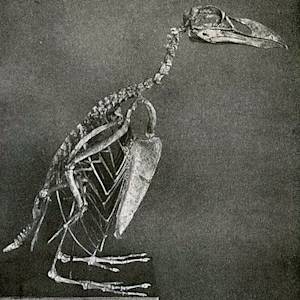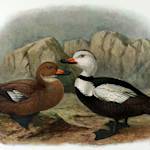Back from the Brink, Piping Plover
2017 CE • Great Lakes and Atlantic Coast
“At less than 2 ounces fully grown, plovers never made good eating for our ancestors. But the plover's delicate feathers were highly prized by 19th-century hat makers. Being ridiculously cute almost led plovers down the path of the dodo. By the early 1980s, plovers had been pushed further toward extinction by human development on their prime breeding habitats, particularly barrier beaches and dunes along the US and Canadian Atlantic Coast and in the Great Lakes region."
Frieswick, Kris. September. "The Curious Case of the Piping Plover - The Boston Globe." BostonGlobe.com. N.p., 19 Sept. 2011. Web.


Learn about Maya Lin’s fifth and final memorial: a multi-platform science based artwork that presents an ecological history of our world - past, present, and future.

Discover ecological histories and stories of former abundance, loss, and recovery on the map of memory.

Learn how we can reduce our emissions and protect and restore species and habitats – around the world.

See how art can help us rethink the problems we face, and give us hope that each one of us can make a difference.

Help make a global memorial something personal and close to home. Share your stories of the natural world.


